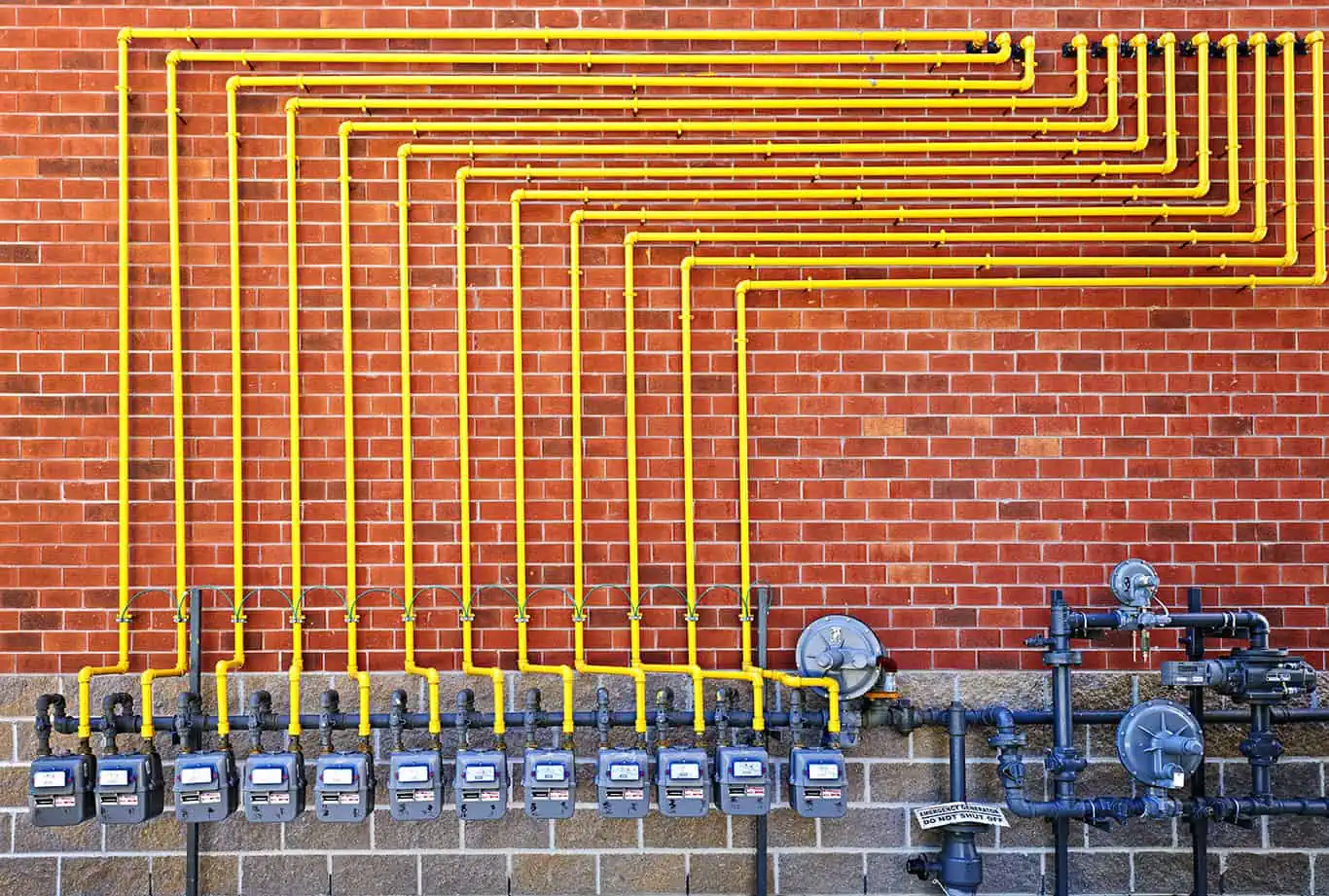Getting ready for the big move? Don’t pack that camera away just yet!
Besides getting those great social media shots (“I’m driving a U-Haul, everybody get off the road!”), taking pictures before, during and after your move can help protect your stuff – not to mention your wallet.
The main reason for taking pictures when you move might be obvious, but it is worth iterating. No matter how skilled, experienced and careful your movers are, accidents do occasionally happen. And if you don’t prepare, you may not be properly reimbursed for damage that occurs.
So before your movers show up, go around and take pictures of anything and everything you deem valuable. This means furniture, electronics, breakables and anything else you think would be difficult and/or expensive to repair or replace. Then when your move is complete and you find that something has been damaged, you will have proof that the item was in fact damaged in transit.
This also means taking pictures of existing damage: a scratch on your kitchen table, a dent in your dryer, or a small crack in the corner of your mirror. Why? Because if you suddenly find a bigger scratch, a deeper dent or a longer crack, your movers can say “That was already there.” “Yes, but it’s much worse now!” you will cry. And you will lose.
Knowing all that, here are some crucial tips for everything you’ll especially need to take pictures of.
Take photos of your cleaned-out apartment.
Believe it or not, there are some crafty landlords out there who would love to pocket your security deposit. Taking pictures of your old place before you leave for good can help you defend yourself against false claims of damage. And if you did damage something? Take a picture of that too, so that same unscrupulous landlord can’t charge you hundreds of dollars for fixing a couple of nail holes.
Protip: Take pictures of the bathroom and the shower. Yours truly got nailed for leaving the toilet “a filthy disgusting mess” after moving out of his Boulder, CO apartment, even though it was sparkling and sterile when I locked the door for the last time. I don’t even want to know.
Likewise, take pictures of your new place.
Again, don’t just photograph any existing damage you may find. Photograph everything! Why? Because walls, doors and light fixtures (and door jambs and floors and ceilings) can suffer damage during the move-in process. Your movers might be a great bunch of professionals, but you probably won’t want to have to pay for the gash they accidentally put in the kitchen floor.
Protip: Also take pictures of your rental truck! Get shots of any existing damage, inside and out, as well as the general condition of the interior of the cab and the back where all your stuff will be going – especially if these areas are less than pristine.
Take a picture of the back of your TV, for reference.
You know all those dusty wires back there? The ones to your surround sound system and your Blu-Ray player and your four different gaming consoles? It’s all going to have to be disconnected (and, probably, untangled). Having a photo of which wires go where can save a lot of time and aggravation when you are setting up your system at your new home.
Protip: Snapping a pic of the make, model and serial number of each of your electronic components can be a huge help in case you have to track something down – or, if something goes missing, to confirm that component’s age and value.
Take pictures of large, especially valuable or just unusual items.
This isn’t to highlight damage, but it’s simply a good idea to have pictures of things, from furniture to expensive décor to items that we’d rather not have to try to describe. Because if something goes missing, a picture helps A LOT in finding it. (Use your inventory sheets, people!)
True Story: A week or so after delivering a long-distance shipment we’d taken into our warehouse, I got a call from the customer. “I’m missing a chair,” she told me.
This was not very helpful.
We had literally hundreds of chairs on the 30-foot-high racks in our warehouse. Knowing that this chair was upholstered with a flowery fabric was only slightly better, and as the woman lived up in the mountains two hours away. She wasn’t about to come down and help me find the right one. “Let me fax you a picture of the chair,” she said. (Yes, this was a few years ago.) And even though the picture was black and white and a little blurry, I recognized it right away, saving me hours of searching during the already-hectic summer season and saving the customer from days, if not weeks, of inconvenience and uncertainty. (Not to mention a two-hour drive to our warehouse.)
Take photos of the water, electricity, and gas meters.
Do this both at your old place before you leave, then at your new one before you move in. Why? To protect against being charged wrongly for utilities. Not that the utility companies are out to scam you, but it’s quite common for them to charge based on usage estimates (which saves time and money on meter readers). If their baseline reading is off, then so is your estimated usage. There may also be a lag – or an overlap! – between customer accounts. Bottom line is, there are plenty of ways you can end up being charged for another resident’s utility usage. Taking photos of your meters can help immensely if such a situation comes your way.
Take a video of your electronics in action.
On their inventory sheets, movers describe anything electric, electronic or mechanical using the acronym “MCU” – mechanical condition unknown. This means they don’t know if something works. Which also means you can’t prove something was rendered inoperable during your move. Without proof, it’ll be difficult to get reimbursed for the flat screen that has suddenly gone to plasma heaven.
To guard against this, videotape your TV, stereo, air hockey table, pinball machine, lava lamp, or whatever to show that these things were indeed working properly before the movers showed up.
And ALWAYS timestamp your photos!
Imagine having pictures showing that you left your old place in perfect condition, but then having your old landlord claim that you took them before you did the damage he is trying to charge you for. Or owning a picture of the damage the movers did to your new place, only to have them say “No, that was like that before we showed up.”
How do you answer that?
There are a few ways.
- Set your camera so the time and date show up on your photos.
- Email your photos to yourself as soon as you take them.
- Make sure your time and date is correct on your phone’s camera roll.
- Even print out the photos you take and snail-mail them to yourself.
Protip: It may be easy for someone to claim that you simply changed the time/date setting on your camera before you snapped those incriminatory photos. So keep them on your memory card, sandwiched in between other pictures you took along the moving process – or even in between photos from before and after the process – to prove your timeline if need be. Most people are reasonable.
Are we being too cautious?
After all, the majority of moves – and the vast majority of HireAHelper moves – are completed without a hitch. But remember: accidents happen. Taking pictures can save you a ton of time and aggravation – not to mention a bit of cash – if something does go wrong.






